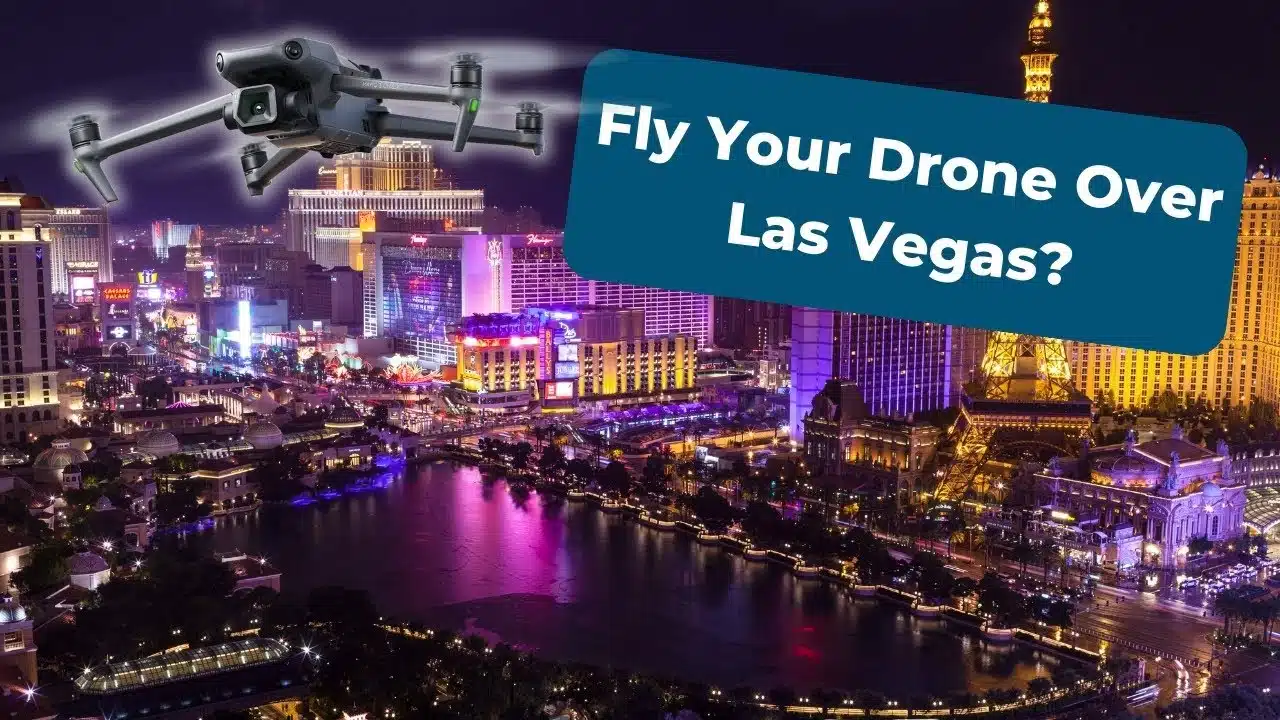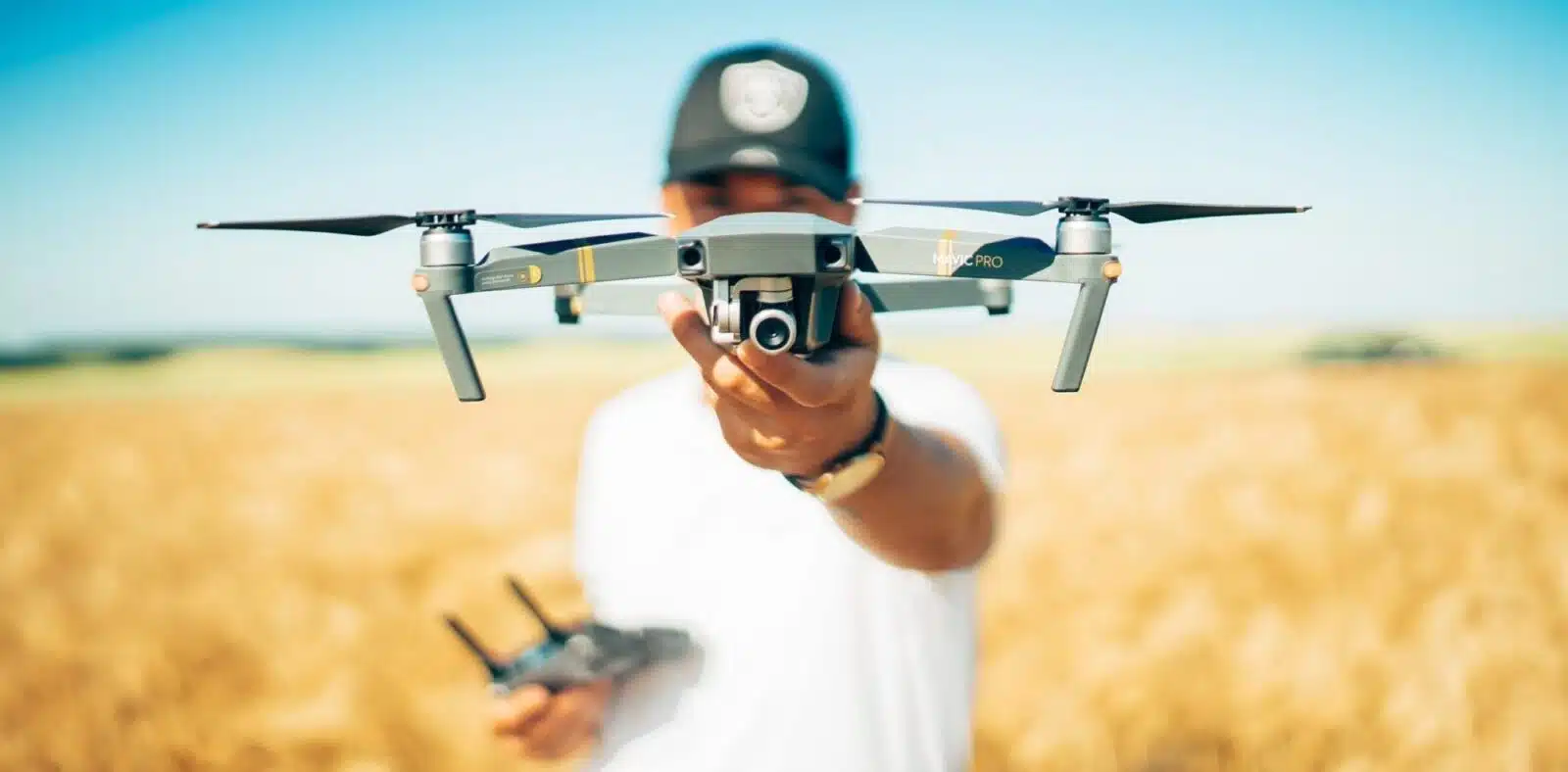
Table of Contents
- What is a drone?
- Legal requirements for flying a drone
- Types of drones
- Basic components of a drone
- Pre-flight checklist
- Takeoff and landing
- Hovering and altitude control
- Moving the drone
- Avoiding obstacles
- Battery life and management
- Flying in different weather conditions
- Best practices for safe and responsible drone flying
- Troubleshooting common issues
- Storing and maintaining your drone
- Conclusion
- FAQs
1. What is a drone?
A drone is a flying machine that is controlled by a remote or a smartphone app. It can take photos and videos, perform aerial surveys, inspect buildings, deliver packages, and much more. Drones are becoming increasingly popular due to their versatility, affordability, and ease of use.
2. Legal requirements for flying a drone
Before you start flying a drone, you need to know the legal requirements. In the United States, the Federal Aviation Administration (FAA) regulates the use of drones. The FAA requires all drones that weigh more than 0.55 pounds to be registered. You also need to pass a knowledge test and obtain a Remote Pilot Certificate to fly a drone commercially.
Moreover, you need to follow certain guidelines while flying a drone. For example, you must keep the drone in your line of sight, fly below 400 feet, and avoid flying near airports or other restricted areas.
3. Types of drones
Drones come in various shapes and sizes, and each type has its own features and capabilities. The most common types of drones are:
- Camera drones: These drones are equipped with high-quality cameras that can capture stunning aerial footage and photos.
- Racing drones: These drones are designed for speed and agility, and they are often used in drone racing competitions.
- Toy drones: These drones are small and inexpensive, and they are perfect for beginners who want to learn how to fly a drone without investing a lot of money.
4. Basic components of a drone
To understand how a drone works, you need to know its basic components. These include:
- Frame: The frame is the skeleton of the drone, and it holds all the other components together.
- Motors: The motors are responsible for the drone’s movement and propulsion.
- Propellers: The propellers spin to create lift and thrust, allowing the drone to move up, down, forward, or backward.
- Battery: The battery provides power to the drone’s motors and other components.
- Controller: The controller is used to pilot the drone and control its movements.
5. Pre-flight checklist
Before you start flying your drone, you need to perform a pre-flight checklist to ensure that everything is working properly. Here are some of the items that should be on your checklist:
- Charge the battery fully.
- Check the propellers for damage or wear.
- Check the controller’s batteries.
- Check the drone’s camera (if it has one).
- Calibrate the compass and GPS (if applicable).
- Check the weather conditions.
6. Takeoff and landing
To take off, you need to push the throttle stick forward slowly. The drone will start to ascend. Keep pushing the throttle stick forward until the drone reaches the desired altitude.
To land, slowly decrease the altitude by pulling the throttle stick backward. When the drone is close to the ground, reduce the throttle to zero, and the drone will land gently.
7. Hovering and altitude control
Hovering is an essential skill to master when flying a drone. To hover, you need to keep the drone in a stationary position in the air. Use the left stick on the controller to control the drone’s altitude, and the right stick to control the drone’s position.
8. Moving the drone
Once you have mastered hovering, you can start moving the drone. To move the drone forward, push the right stick forward. To move it backward, pull the right stick backward. To move it left or right, push the right stick to the left or right.
9. Avoiding obstacles
Obstacle avoidance is crucial to prevent crashes and collisions. Most modern drones have sensors that can detect obstacles and adjust the flight path accordingly. However, it is still important to be aware of your surroundings and avoid flying near trees, buildings, or people.
10. Battery life and management
Battery life is one of the most critical factors to consider when flying a drone. Most drones have a flight time of 15-30 minutes, depending on the model and conditions. To maximize your flight time, you should:
- Use a fully charged battery.
- Fly in optimal weather conditions.
- Avoid heavy payloads.
- Avoid flying too fast or aggressively.
11. Flying in different weather conditions
Weather conditions can significantly affect your drone’s performance and safety. To fly your drone safely in different weather conditions, you should:
- Avoid flying in strong winds or rain.
- Fly in clear skies and good visibility.
- Be aware of temperature changes that can affect the battery’s performance.
12. Best practices for safe and responsible drone flying
To ensure safe and responsible drone flying, you should:
- Follow all legal requirements and guidelines.
- Respect other people’s privacy and property.
- Avoid flying over crowds or public events.
- Fly in designated areas only.
- Be aware of your surroundings and avoid distractions.
13. Troubleshooting common issues
If you experience any issues while flying your drone, you should:
- Check the battery level and replace it if necessary.
- Check the propellers for damage or wear.
- Calibrate the compass and GPS.
- Reset the drone to its default settings.
- Check the manufacturer’s website for troubleshooting tips.
14. Storing and maintaining your drone
Proper storage and maintenance can prolong your drone’s lifespan and performance. To store and maintain your drone properly, you should:
- Keep it in a cool and dry place.
- Remove the battery when not in use.
- Clean the drone regularly.
- Check the propellers for damage or wear.
- Update the firmware and software regularly.
15. Conclusion
Flying a drone can be an exciting and rewarding experience, but it also requires knowledge, skill, and responsibility. By following the guidelines and best practices outlined in this article, you can fly your drone safely and enjoyably.
16. FAQs
- Do I need a license to fly a drone?
- It depends on the weight of the drone and the purpose of the flight. In the United States, you need to register your drone if it weighs more than 0.55 pounds and obtain a Remote Pilot Certificate to fly it commercially.
- How far can I fly my drone?
- The range of your drone depends on the model and conditions. Most drones can fly up to 1-2 miles, but it is important to stay within visual line-of-sight and follow local regulations.
- Can I fly my drone at night?
- It is generally not recommended to fly drones at night due to safety concerns and limited visibility. However, if you do decide to fly at night, make sure your drone has proper lighting and follows local regulations.
- What should I do if my drone loses connection with the controller?
- If your drone loses connection with the controller, try to regain control by moving closer to the drone and checking the signal strength. If the drone is out of range, it may return to its home point automatically or initiate a failsafe landing.
- How can I improve my drone flying skills?
- The best way to improve your drone flying skills is to practice regularly in a safe and controlled environment. You can also watch tutorials and join online communities to learn from other drone enthusiasts.
- How a Drone Can Help You Sell Your House
Comments are closed.





One reply on “Flying a Drone: A Beginner’s Guide to Safe and Enjoyable Flying”
Instant Roofer,
Glad you like it, do you fly?